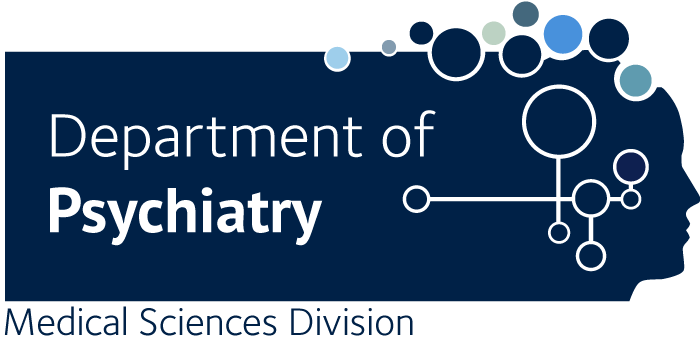Spatiotemporal Dynamics of Cortical Representations during and after Stimulus Presentation.
van de Nieuwenhuijzen ME., van den Borne EWP., Jensen O., van Gerven MAJ.
Visual perception is a spatiotemporally complex process. In this study, we investigated cortical dynamics during and after stimulus presentation. We observed that visual category information related to the difference between faces and objects became apparent in the occipital lobe after 63 ms. Within the next 110 ms, activation spread out to include the temporal lobe before returning to residing mainly in the occipital lobe again. After stimulus offset, a peak in information was observed, comparable to the peak after stimulus onset. Moreover, similar processes, albeit not identical, seemed to underlie both peaks. Information about the categorical identity of the stimulus remained present until 677 ms after stimulus offset, during which period the stimulus had to be retained in working memory. Activation patterns initially resembled those observed during stimulus presentation. After about 200 ms, however, this representation changed and class-specific activity became more equally distributed over the four lobes. These results show that, although there are common processes underlying stimulus representation both during and after stimulus presentation, these representations change depending on the specific stage of perception and maintenance.

